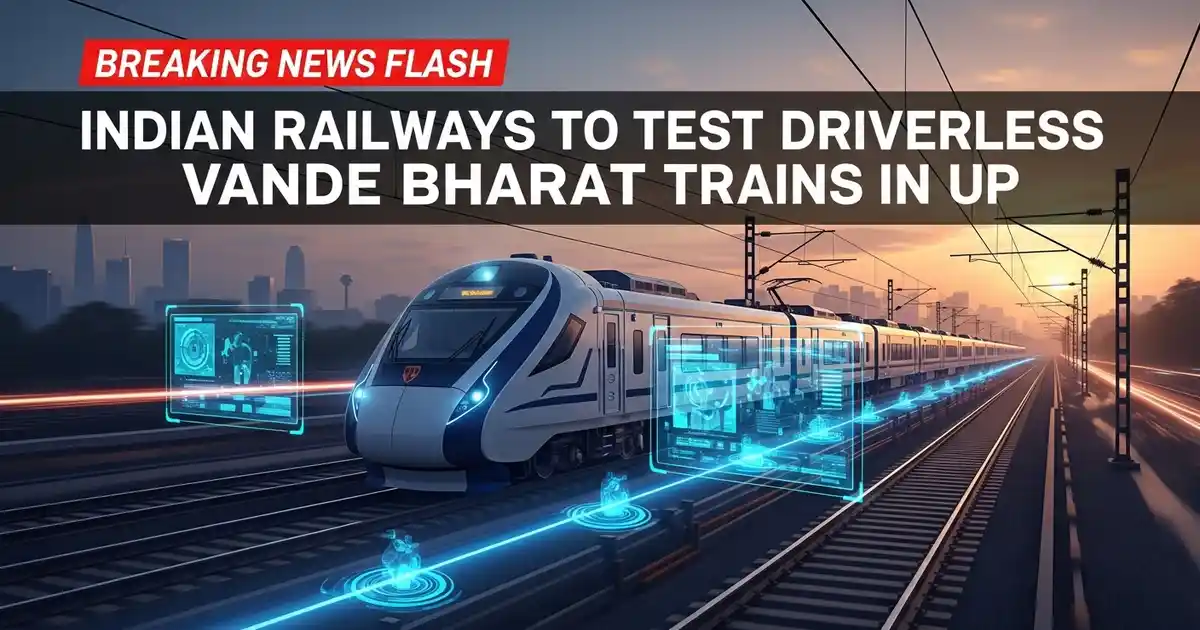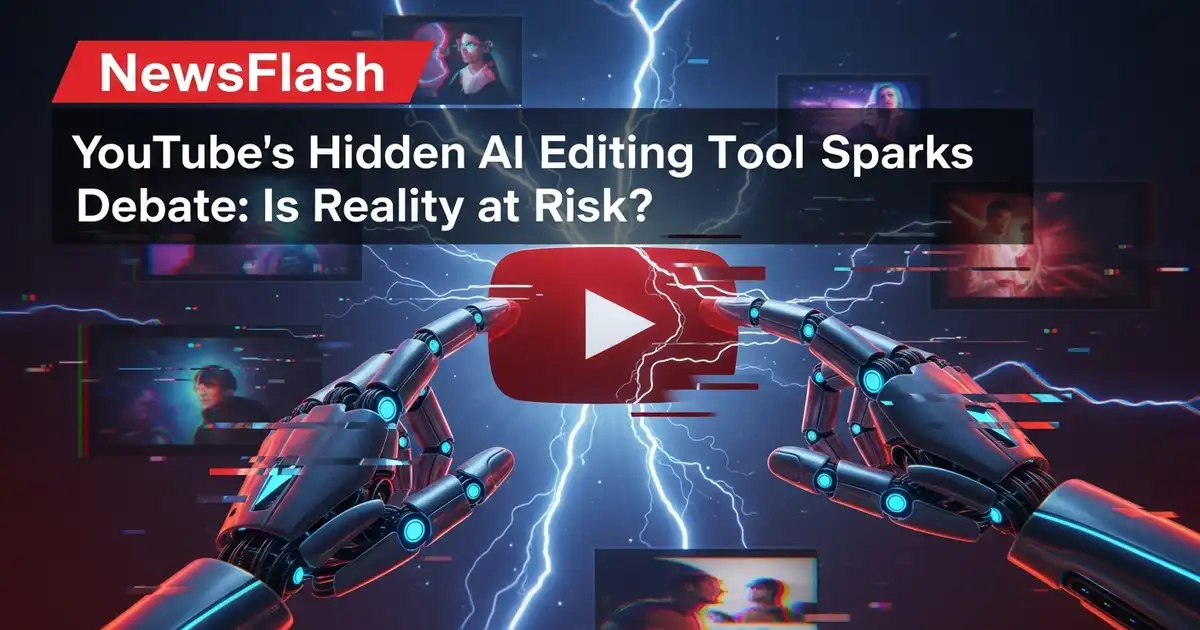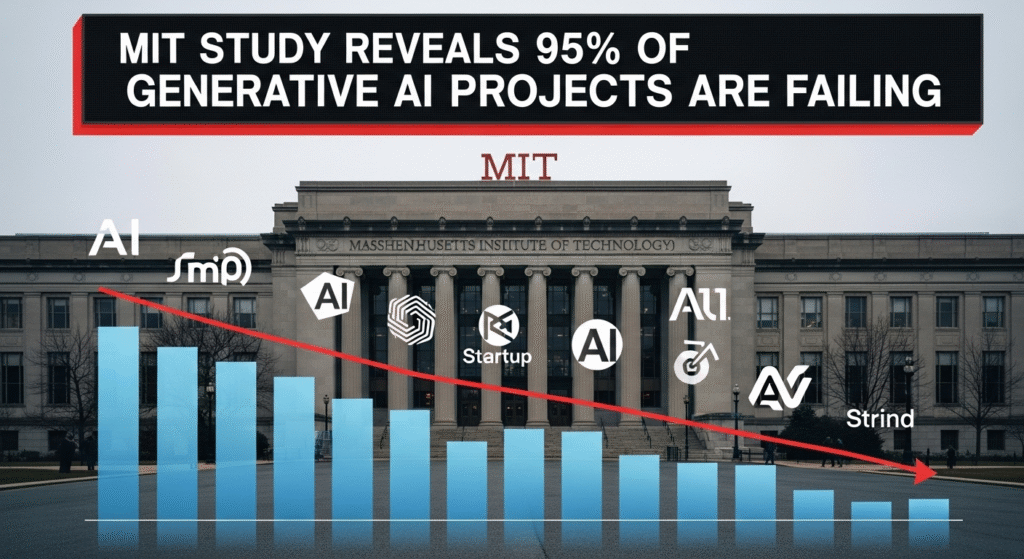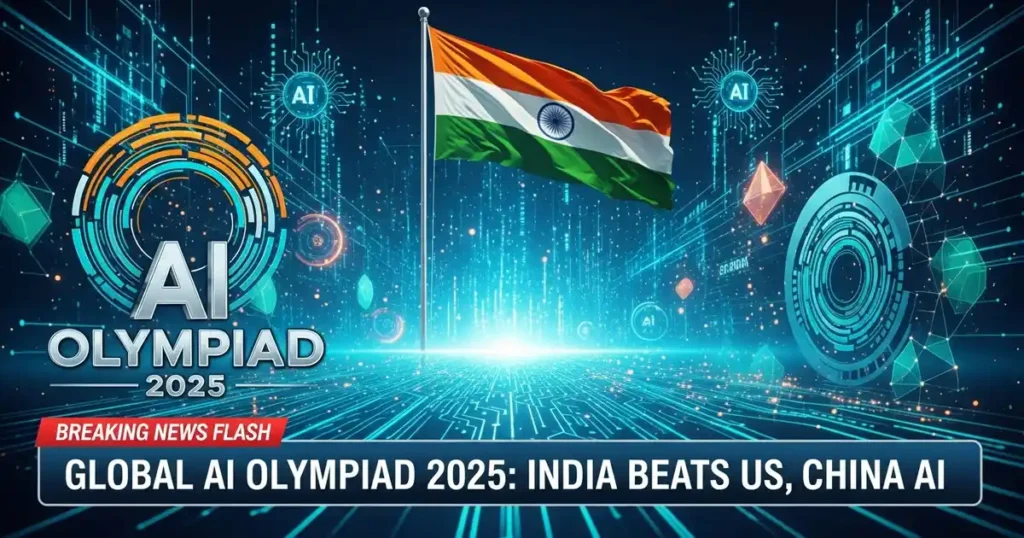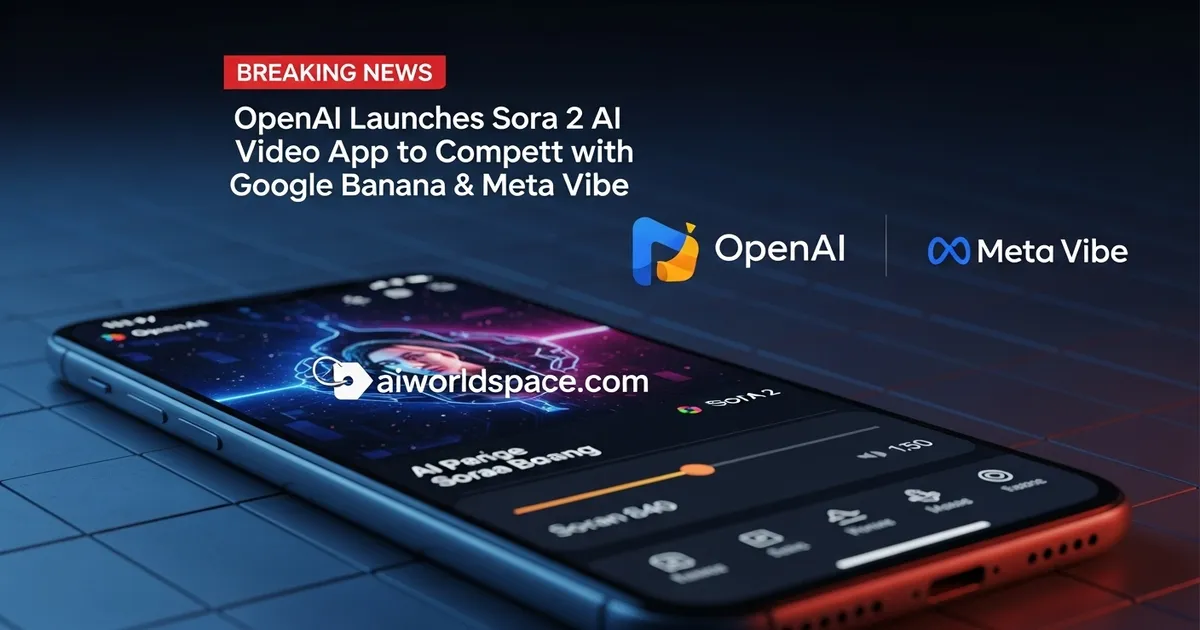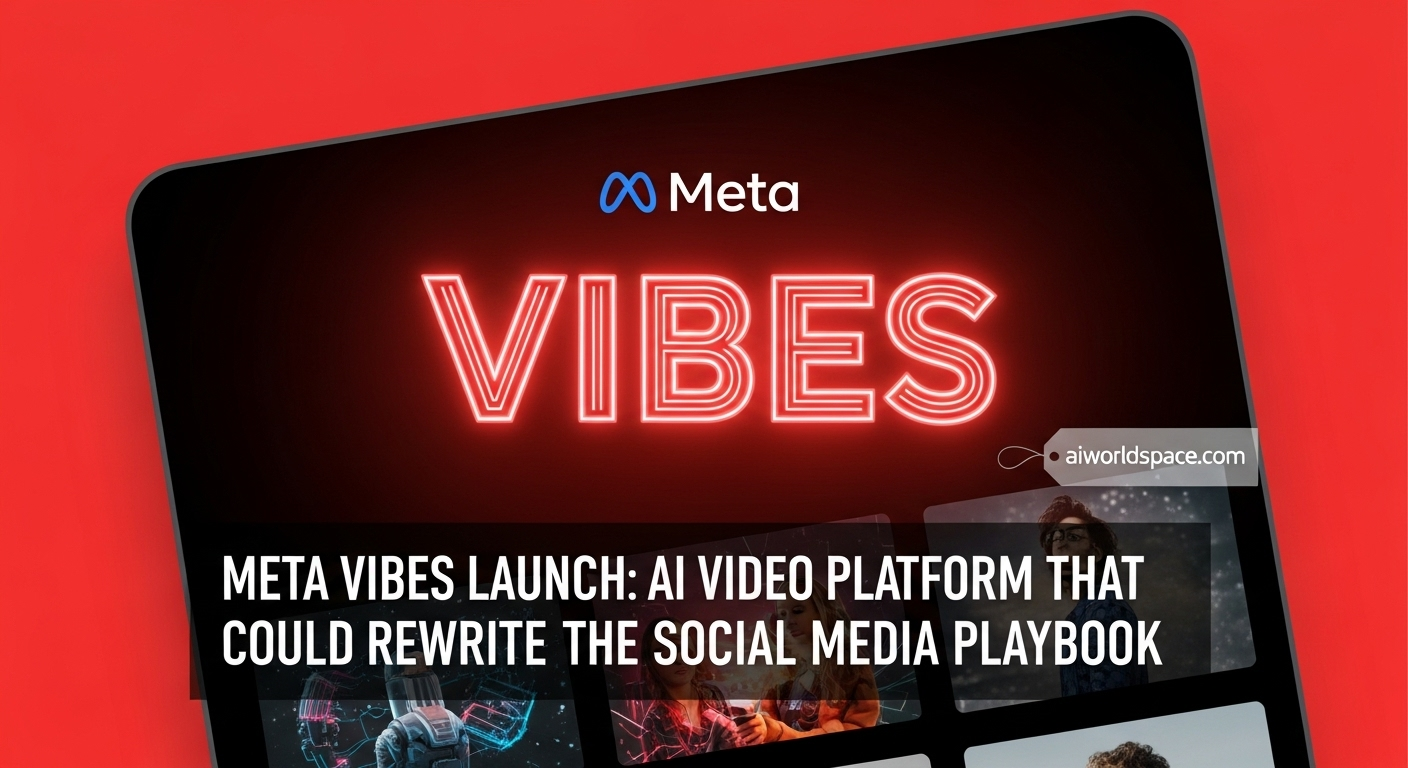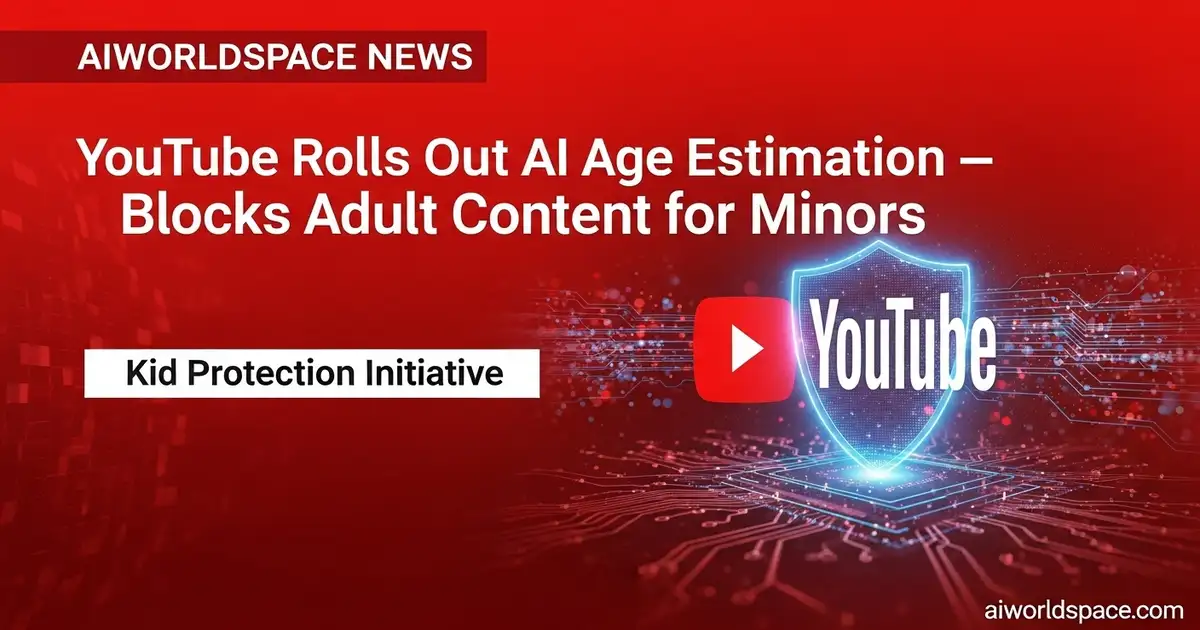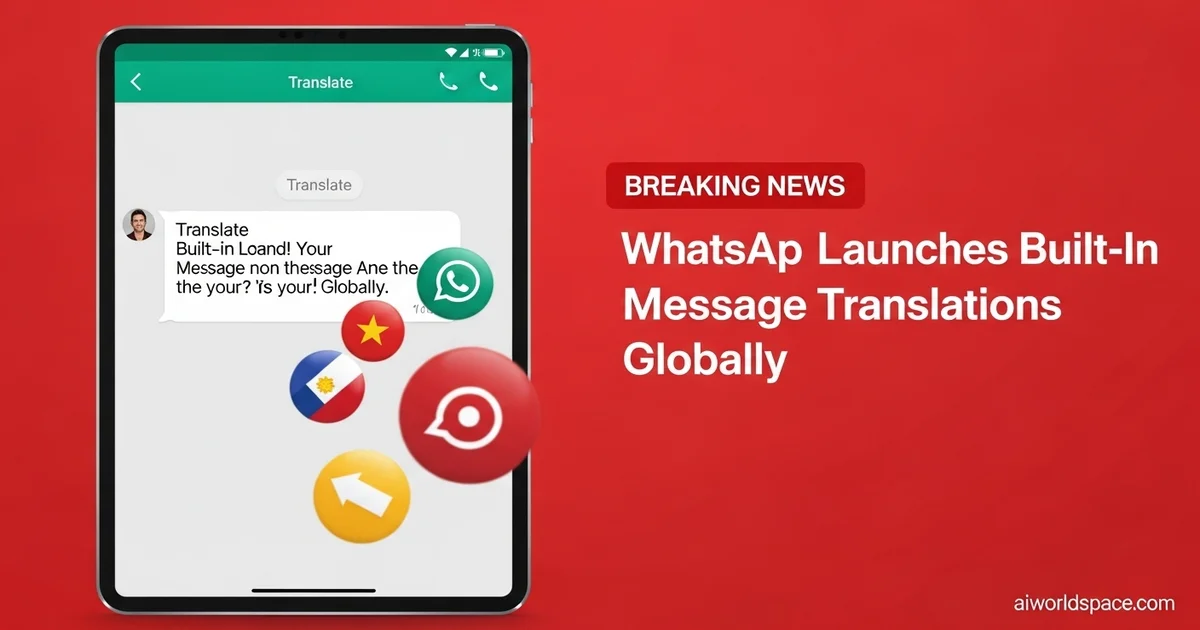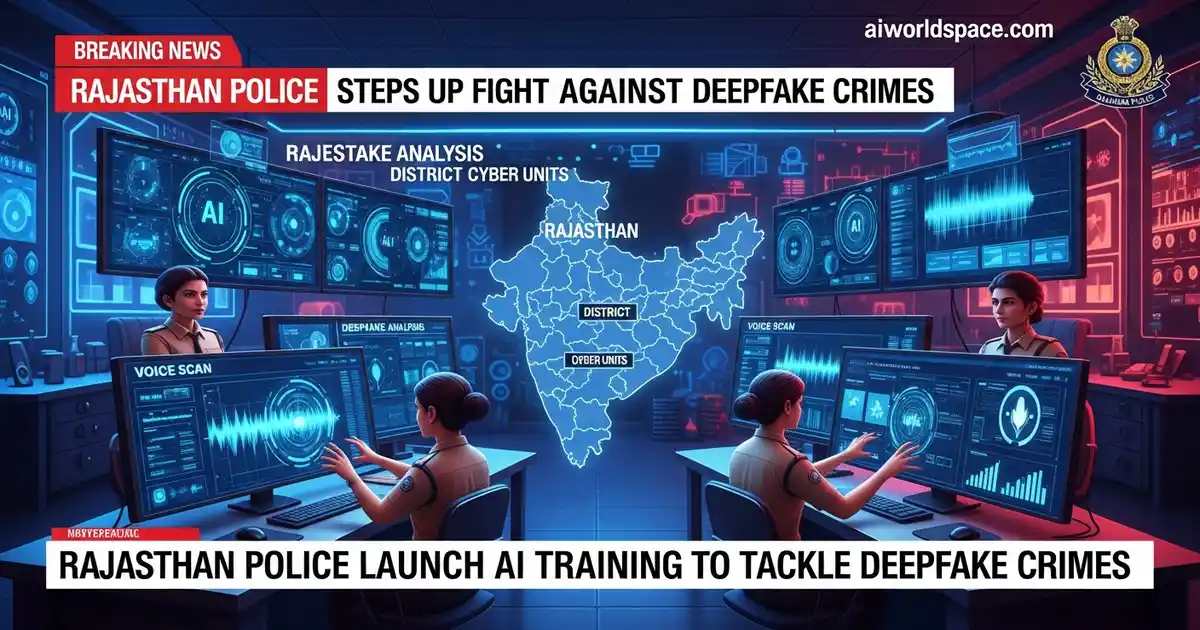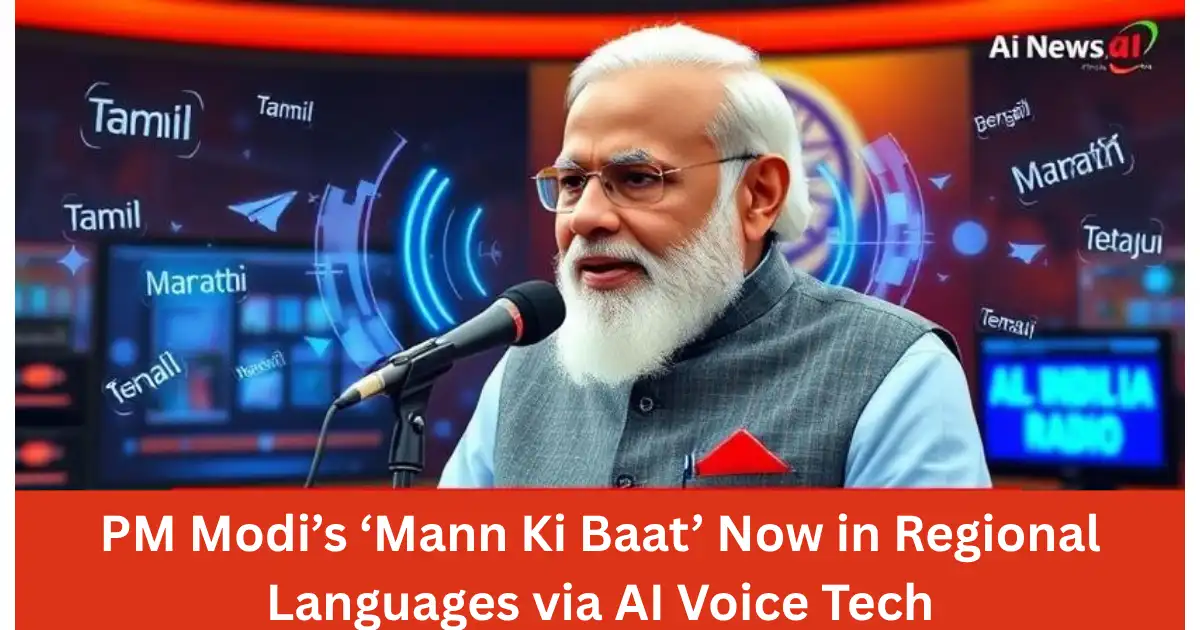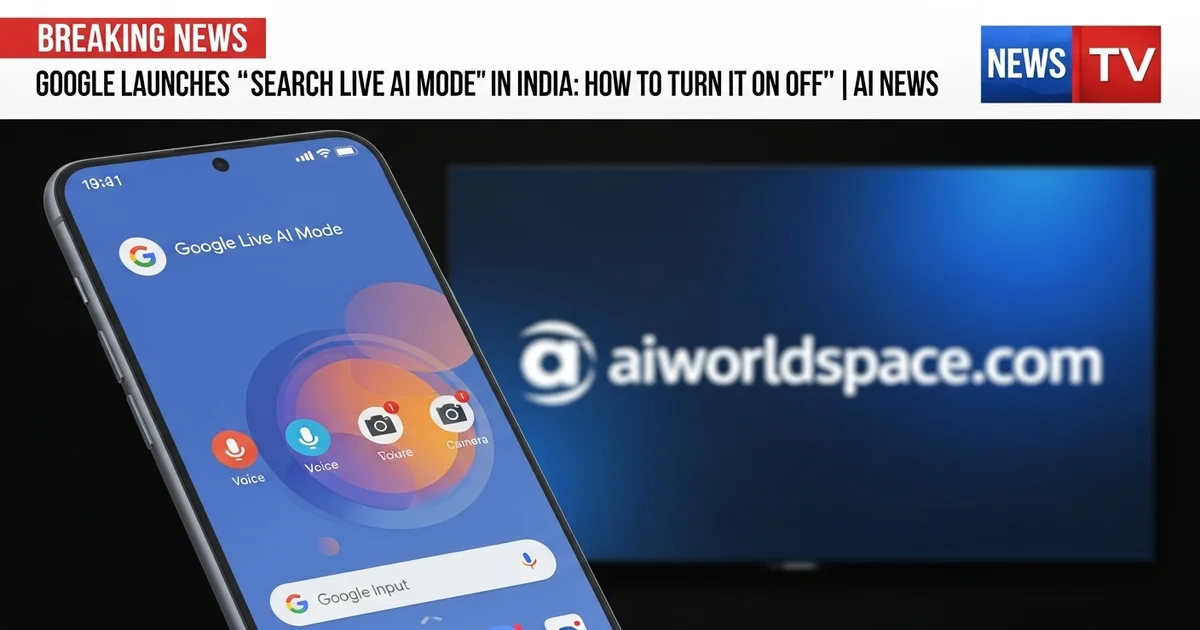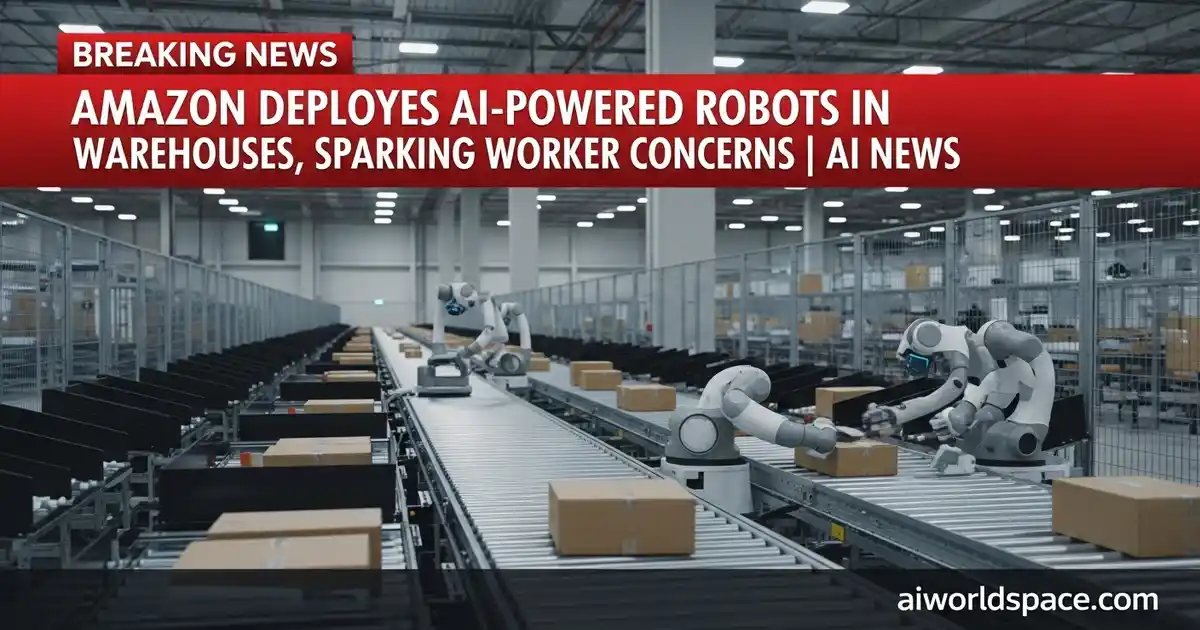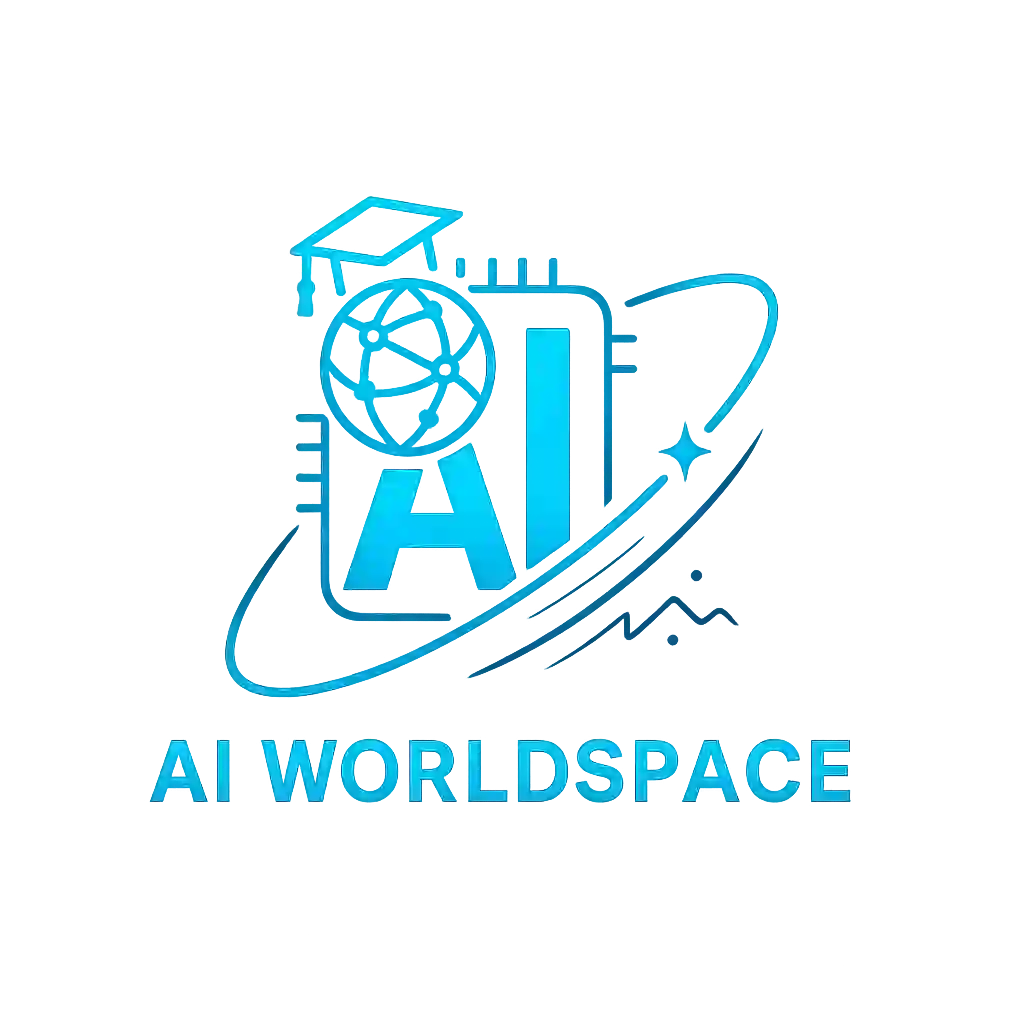Location: New Delhi, India | Date: Mon, 25 Aug 2025 | Read Time: 4 min
Synopsis:
Reports indicate that YouTube secretly test an AI tool which could be able to automatically modify videos of users without their consent. The test has raised concerns about consent, manipulation as well as the long-term future for authenticity online.
The Controversial AI Experiment No One Saw Coming
In a shocking disclosure from the BBC, YouTube reportedly ran an experiment that used AI technology concealedly modified and improved the quality of videos uploaded by users. In the absence of notifying users, the algorithm altered the appearance of elements like background noise, lighting, and even added subtle visual changes.
Read in Hindi - क्या YouTube चुपचाप AI से बदल रहा आपके वीडियो? हकीकत और फिक्शन की रेखा धुंधली
The action, which was secret until a whistleblower exposed it, caused waves of shock through all of the creators on digital platforms.
It was initially designed to improve the quality of content, but AI tool was originally designed in order to “improve viewing quality” but soon raised concerns about the right to consent or creative rights.
A few users claimed that their uploaded content did not look similar to what they uploaded, triggering fears of subtle manipulation of narrative.
Could AI Turn YouTube Into a Platform of Manufactured Realities?
The controversy exploded when videos with altered content began being shared via X (formerly Twitter), receiving over 1,000 reposts and heated debates on how much trust viewers have in the content they view online.
YouTubers have reported seeing changes in their uploaded videos, triggering doubts about whether the AI adjustments were simply modifications to the video or intentional manipulations.
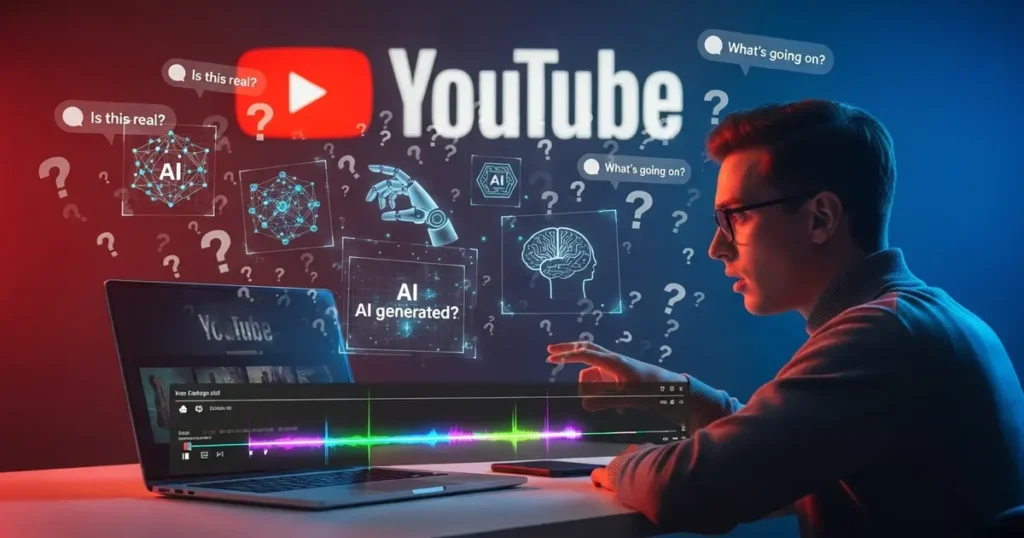
Experts say that although AI editing tools are able to improve the quality of content but they also run the risk of blurring the distinction between genuine storytelling and fake reality.
More than 100,000 views on similar conversations on YouTube and the platform itself, the issue isn’t just an aesthetic issue but rather an issue of culture.
What This Means for Creators and Viewers
For artists, the shady experiment raises questions about their the integrity of their work, ownership in addition to control over work.
For the viewers the experiment raises an even bigger question: can we be confident that online platforms are delivering an unalterable truth?
As AI becomes more embedded into the platforms that produce content as it is, the YouTube episode could signal an important moment in how digital media can balance innovation and ethical standards.
